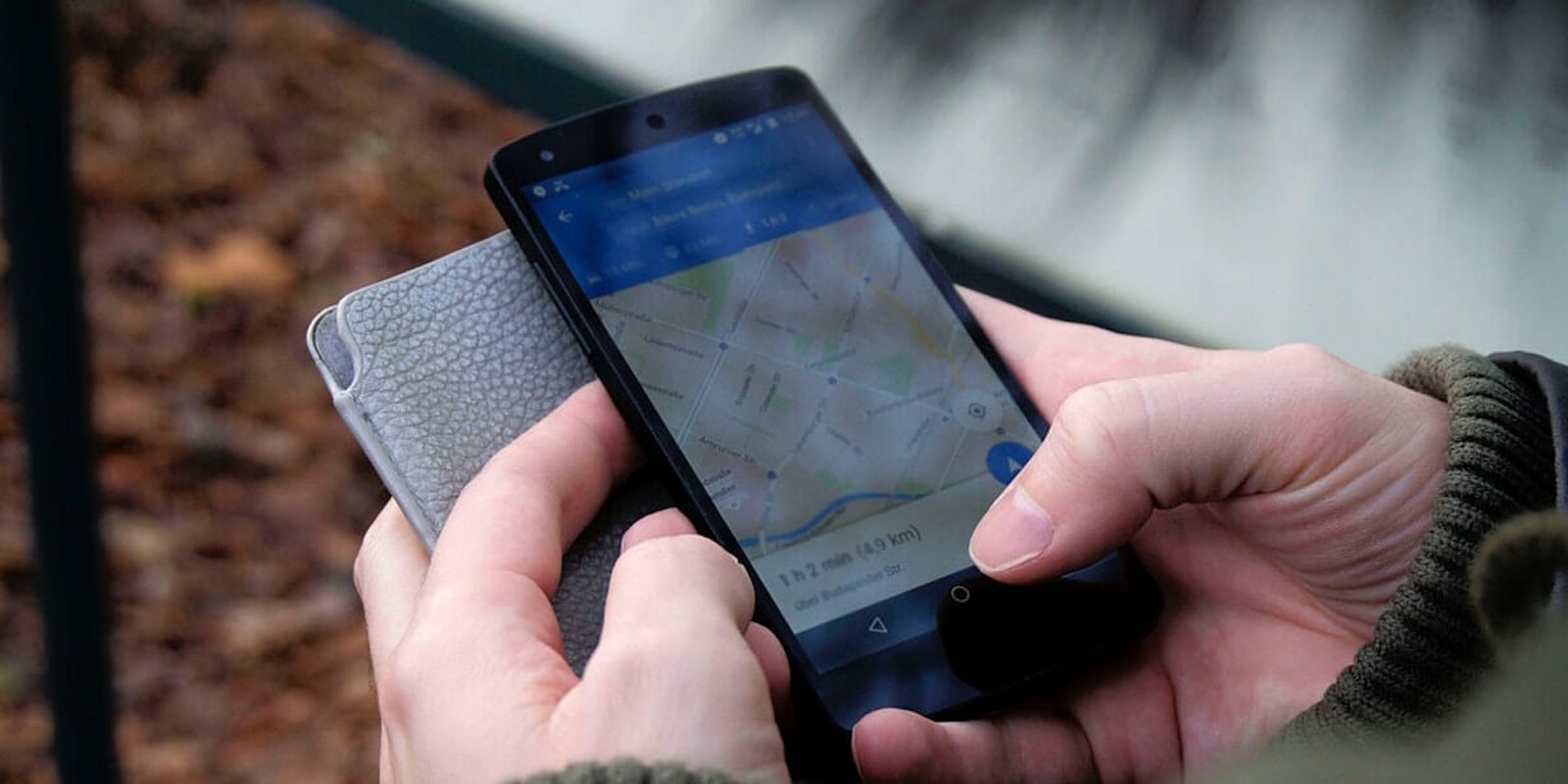Police departments are reportedly using Google’s data on its users’ location history to find potential crime suspects in the absence of other information, prompting concerns that it could potentially affect innocent people.
Google’s program, which employees call Sensorvault, is a database holding location information on “hundreds of millions” of devices around the world. It’s become a go-to for law enforcement officers trying to track down suspects, especially in crime scenes that lack other evidence, according to a New York Times report.
The program was not originally designed for law enforcement, Google employees told the Times—it’s often used to target advertising to consumers—but has since become popular among federal and local agencies.
Despite the murky nature of the use of such information, law enforcement considers this a “game changer,” and officers reportedly resort to it even though it can take Google between four weeks to a few months to access the data, according to the report.
The demand for the technology has spiked especially in the last six months, Google employees told the Times, though it’s not clear why.
While such information has traditionally been requested by law enforcement for specific suspects, this technology allows officers to reverse-engineer the process, pinning down suspects based on their location at a certain time.
But it doesn’t provide the full picture. “It doesn’t pop out the answer like a ticker tape, saying this guy’s guilty,” Washington state prosecutor Gary Ernsdorff, who has been involved in cases that required such warrants, told the Times. “We’re not going to charge anybody just because Google said they were there.”
But there is persistent concern that relying on the data could law enforcement with the wrong suspect, even among some Google employees, who did not expect the technology to be used this way. Brian McClendon, who was instrumental in the development and processing of Google Maps, told the Times that the way law enforcement is currently using it is like a “fishing expedition.”
In fact, the Times report specifically centers around the wrongful arrest of Jorge Molina, an Arizona man who was jailed for almost a week because law enforcement found his data at a crime scene, as well as security video footage of a car that matched Molina’s. They eventually released him and arrested his mother’s ex-boyfriend, who would often use his car.
This single case shows both the downside and upside of a technology like this. While it’s been long known that tech giants are using our data in ways we don’t know, Google’s Sensorvault provides another frightening situation—where the best case scenario is accurately solving a mystery, and the worst case could infringe on the rights of an innocent person.
H/T New York Times
READ MORE:


